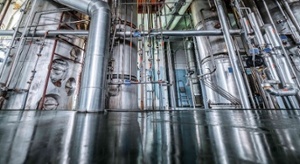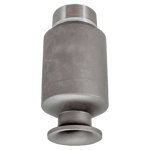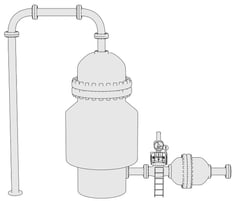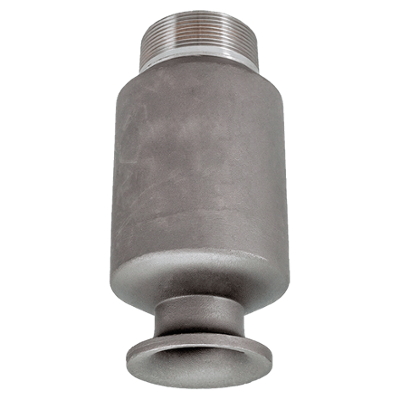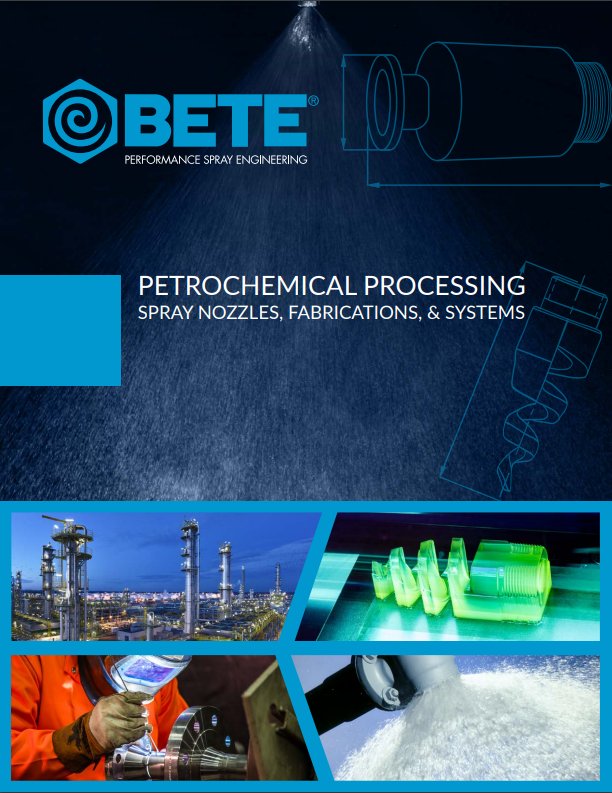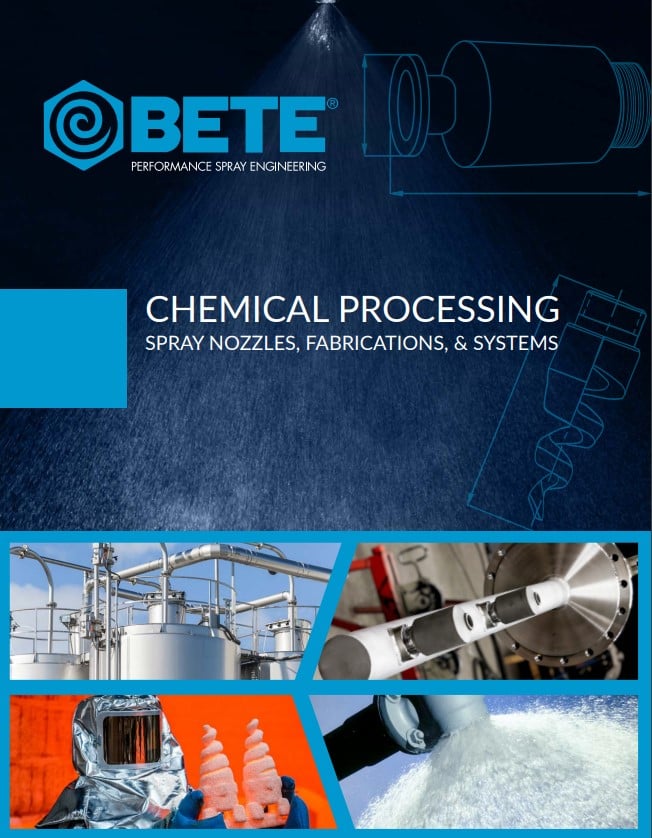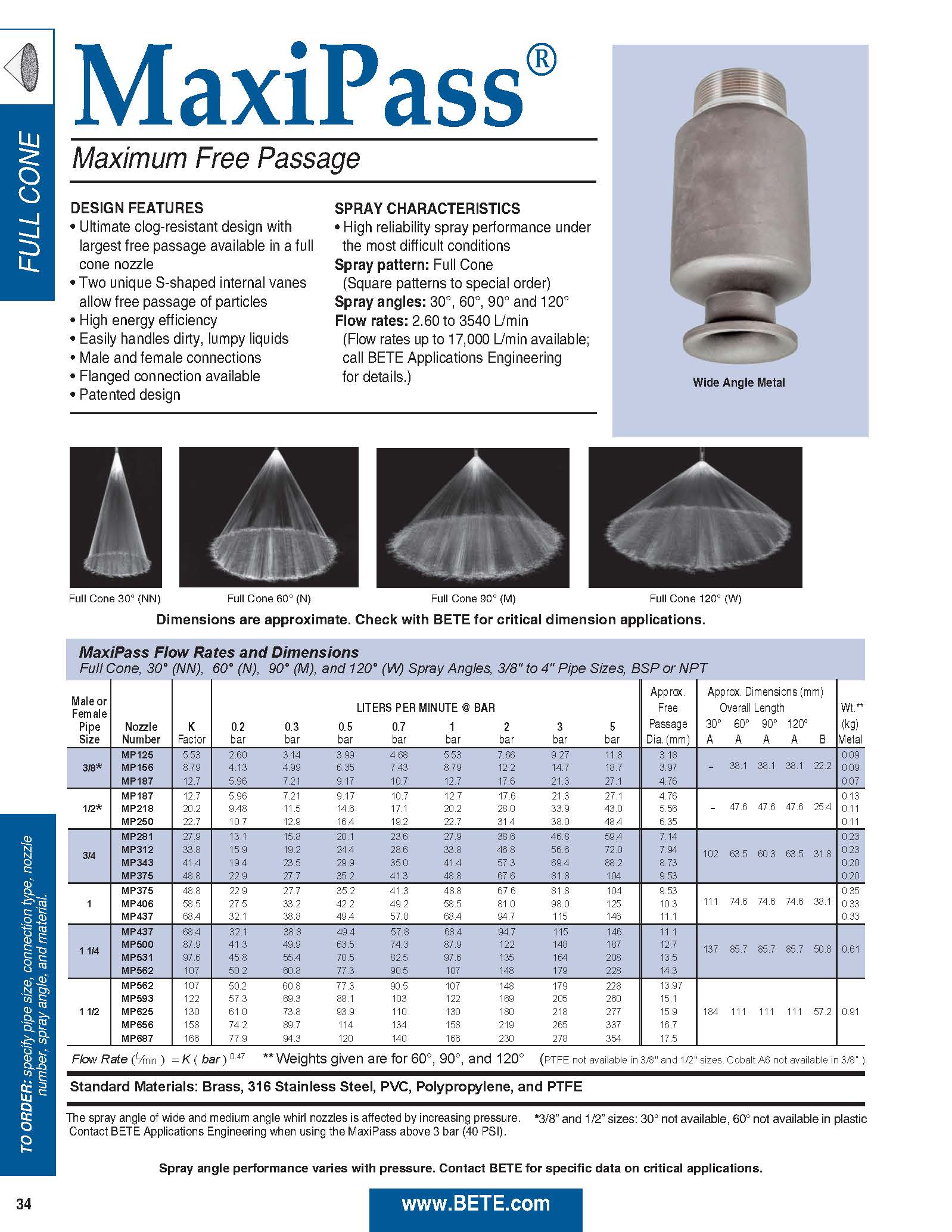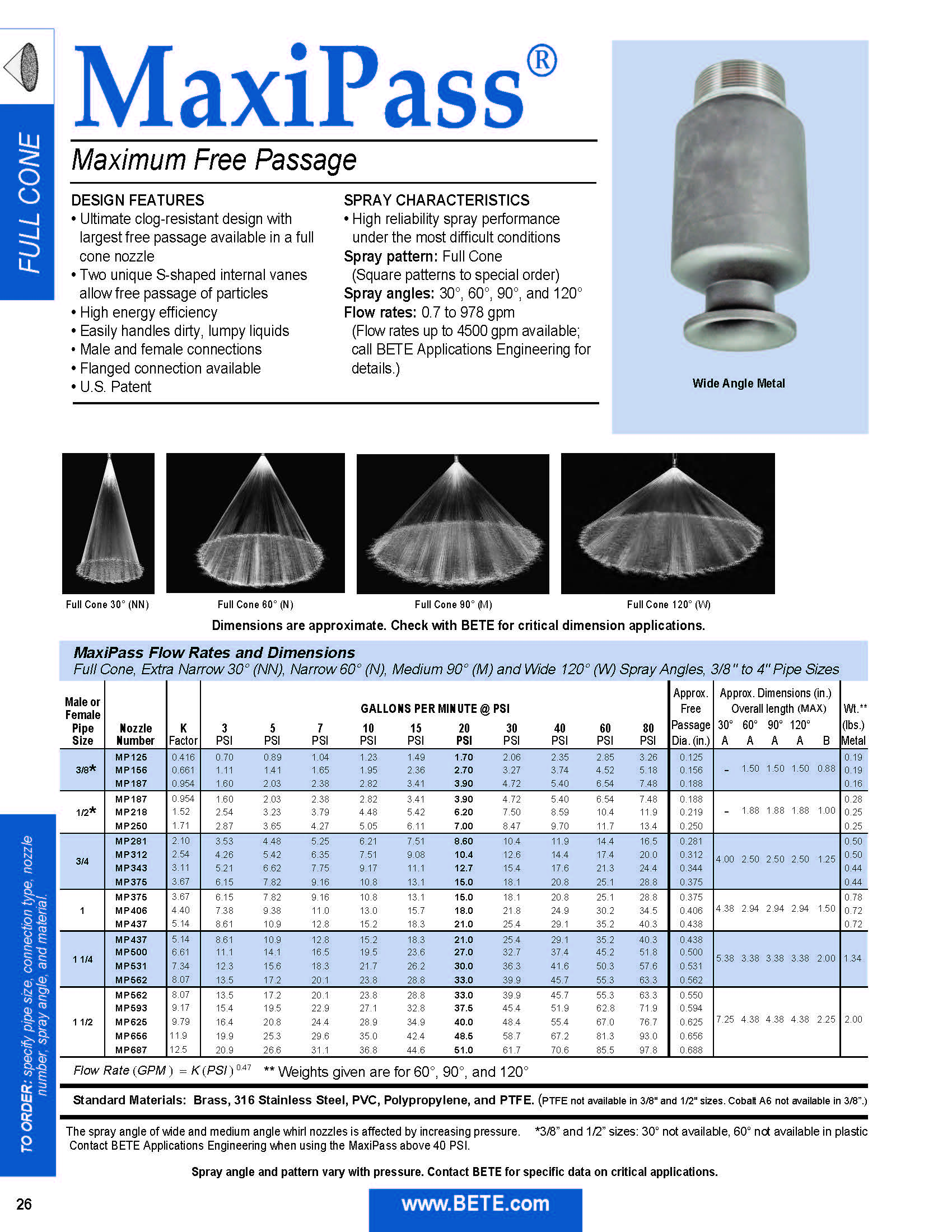The petroleum and chemical industries use vacuum distillation to help separate individual components and compounds from bulk process streams. This process plays an essential role in separating hydrocarbon fractions without high temperatures that could damage the fractions and cause coking. Vacuum is employed to lower the sprayed liquid’s boiling point, reducing the temperatures at which the more volatile elements will flash and reducing the energy/heat input required.
Spray nozzles are frequently used to distribute the process fluids into the vacuum distillation units. Well atomized sprays produced by nozzles increase the exposed surface area of the process fluid and thereby increase the evaporation rate and separation efficiency. When packed columns are utilized in vacuum towers, where the gas side pressure drop must be low, spray nozzles also uniformly wet the packing, over which the gas flows and contacts the liquid.
Common Uses and Industries
- Chemical Processing
- Petrochemical Processing
- Crude oil refining
- Chemical distillation towers
- Ethanol/biodiesel drying
- Water and contaminant removal
________________________________________________________________________________________________________________________
Important Factors to Consider When Selecting a Vacuum Distillation Nozzle:
Flow rate, spacing, uniformity, clog-resistanceProcess vessel pressure, temperature, and fluid composition
Required material of construction for abrasive or corrosive environments
Required coverage
Potential for spray media flashing before nozzle orifice
Available/required flow rates
Available pressure drop (∆P) across the nozzle:
- ∆P = supply pressure at nozzle inlet – process pressure outside nozzle
- Important to note where the process side is under vacuum
